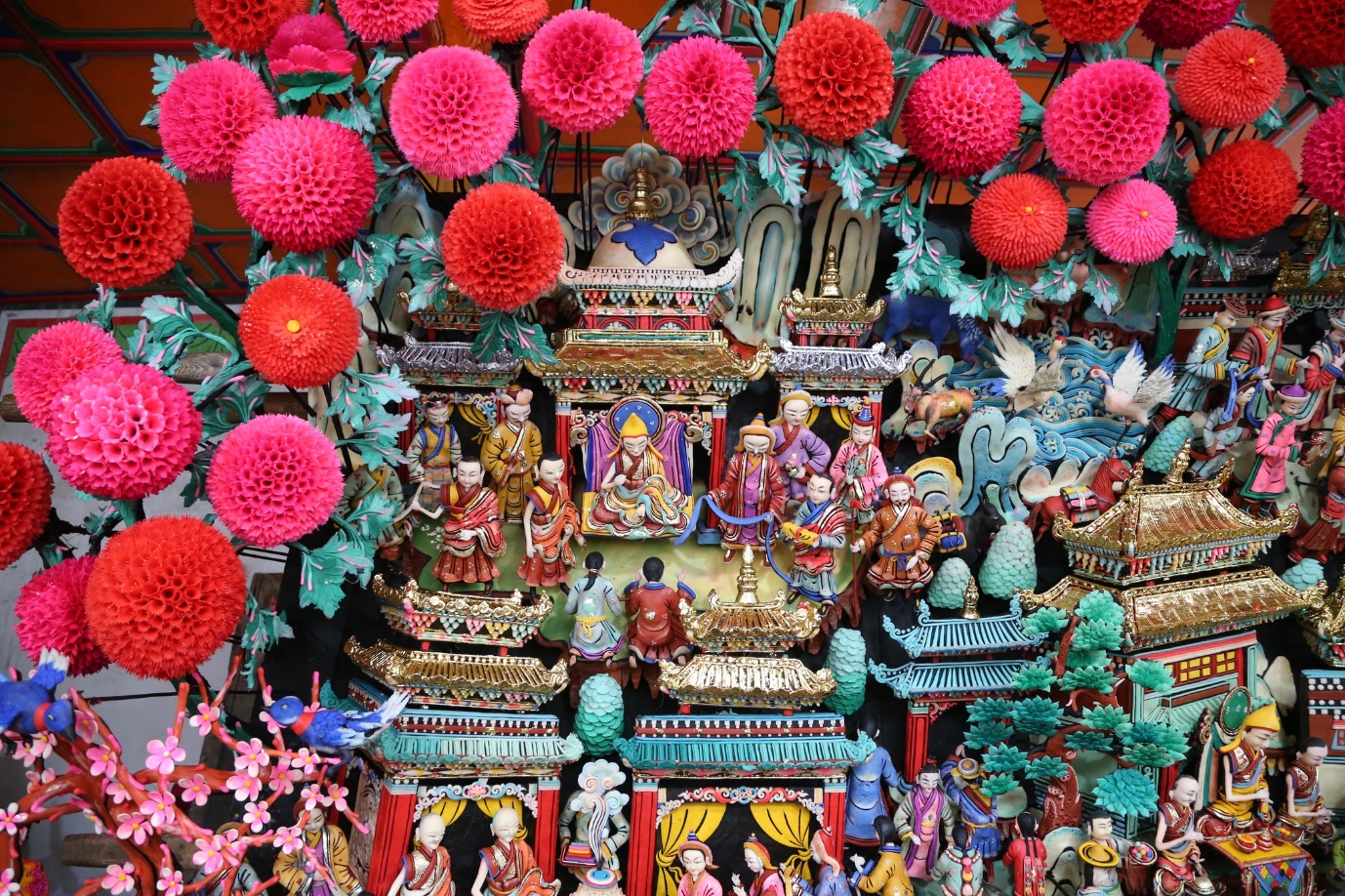
Butter sculptures 'bloom' at Ta'er Monastery during Lantern Festival - CGTN
As the Lantern Festival unfolds, the renowned butter sculpture exhibition at Ta'er Monastery in northwest China's Qinghai Province once again opens its doors to visitors. This annual display, representing the pinnacle of Chinese butter sculpture craftsmanship, draws devout pilgrims and visitors from all directions.
The state of China's small and micro companies (pekingnology.com)
More than 60% of small and micro business owners are from born in the 1980s or 1990s generations.
Small and micro businesses are mainly self-employed or have 1-4 employees, accounting for over 80%.
About 80% of small and micro businesses are concentrated in the service industry, 10% in construction and manufacturing, and nearly 10% in agriculture, forestry, animal husbandry, sideline production, and fishery.
About 80% of small and micro businesses have a high school education or above.
Through the survey, we found that most small and micro businesses are of the “糊口型” "subsistence" type (making ends meet). In the sample, nearly half (48%-49%) of small and micro businesses have a quarterly income of less than 25,000 yuan ($3,421), which is a very low figure. About 40% of small and micro businesses are not profitable, of which 20% have negative net profits, and another 20% barely break even.
In terms of operating methods, about half of the sample relies entirely on offline operations, 20% operate purely online, and about 30% combine online and offline operations.
In all samples, the average number of jobs created by small and micro enterprises is 3.9 people, but the median is only 1 person. About 45.3% of small and micro enterprises have no full-time employees, and 40.8% have 1-4 full-time employees.
She asked “can you play any chinese music?” and this happened… - YouTube
Guo Kai on China's need for a unified national market (eastisread.com)
To many in the West, it seems counter-intuitive that China, a one-party, relatively homogenous, unitary state speaking one language, needs to emphasize building a unified national market. But more experienced China watchers, such as Charles Parton at the Council on Geostrategy, understood the need to address the enormous fragmentation in the economy and regulation within China
Building a unified national market will aim to get rid of the age-old problem of barriers and protectionism at provincial and lower levels, thereby promoting the free flow of goods, services, and the means of production.
Reminder
The Confucius Institute warmly invites you to this year’s first ZhiXing Forum, entitled ‘Digital Twins Technology and Its Representative Applications for Biodiversity Conservation in Latin America and the Caribbean’, by Dr. Xun Luo (Director of Tianjin Belt and Road International Joint Lab, Co-director de China-Colombia Connected Experience Universal Labs ), on Friday, February 21, 2025, from 2:30pm – 4:00pm.
In the past five years, Chinese scientists and technologists have worked in collaboration with colleagues from Latin America and the Caribbean (LAC) in the field of digital twins in conjunction with biodiversity conservation, yielding significant progress. In this talk, we will introduce several representative digital twin applications for coral reef and mangrove forests in Colombia, marine fauna in the South China Sea, as well as whales and monarch butterflies in Mexico.
The forum will be held via Zoom ( Join Zoom Meeting https://zoom.us/j/94440486489 Meeting Number : 944 4048 6489 ). We look forward to seeing you online!